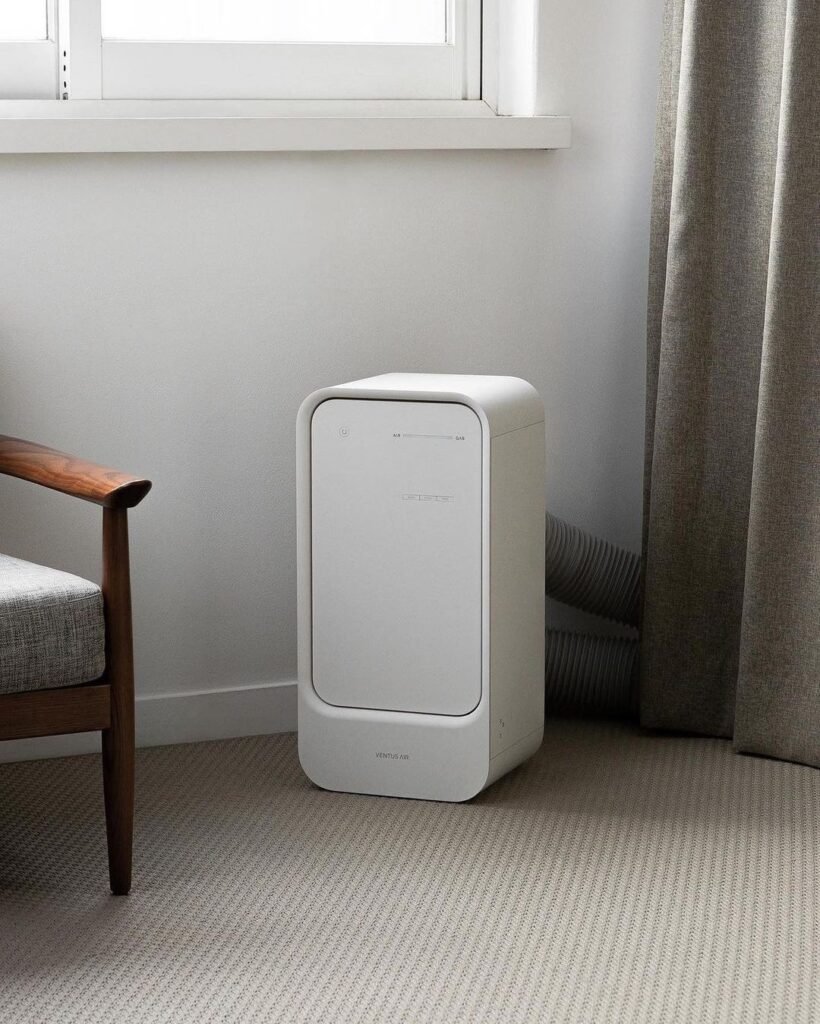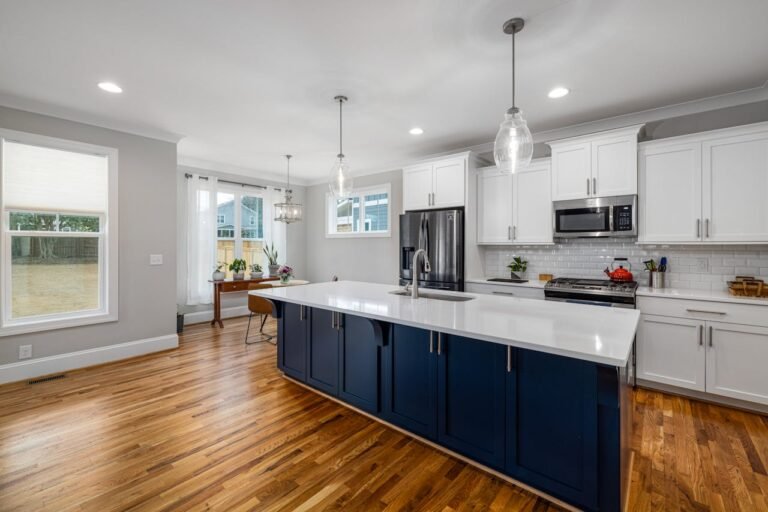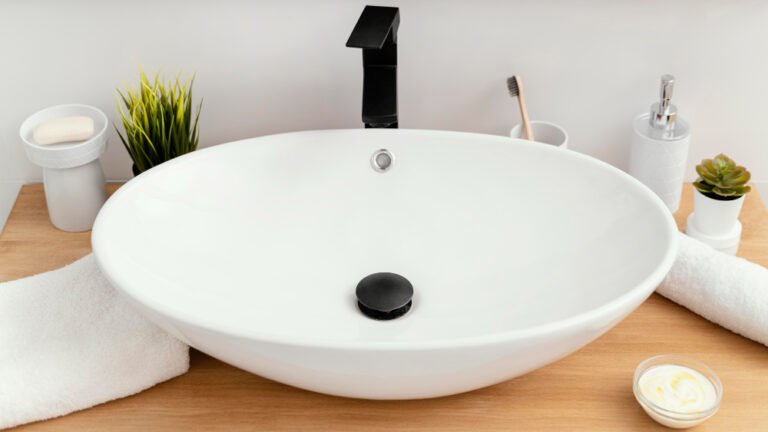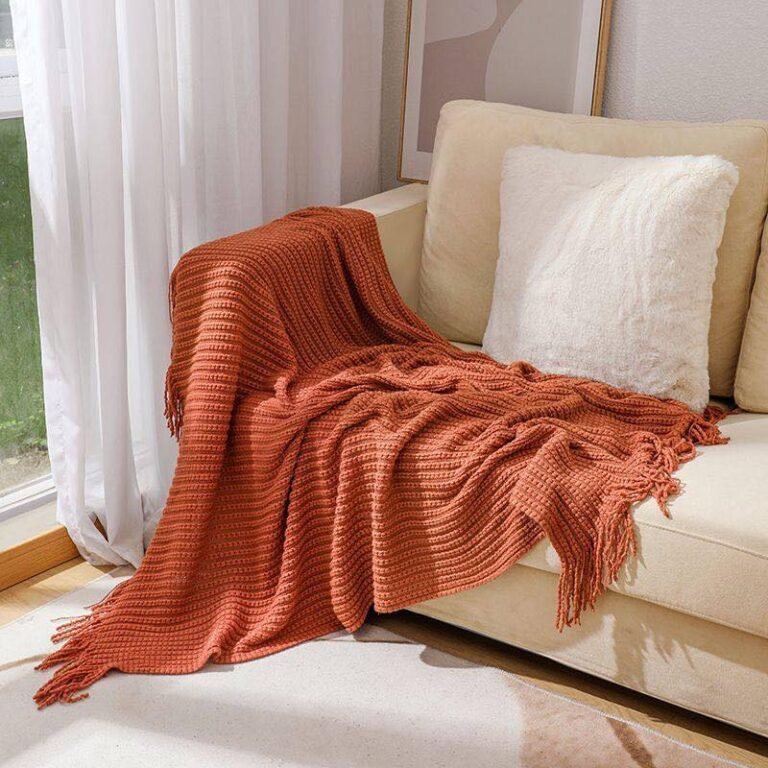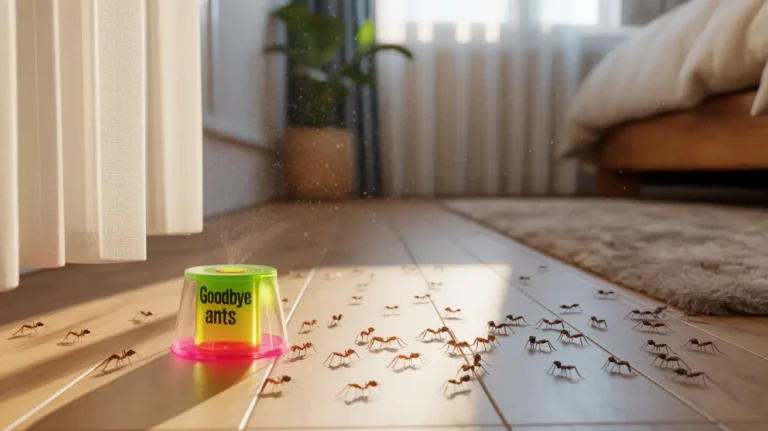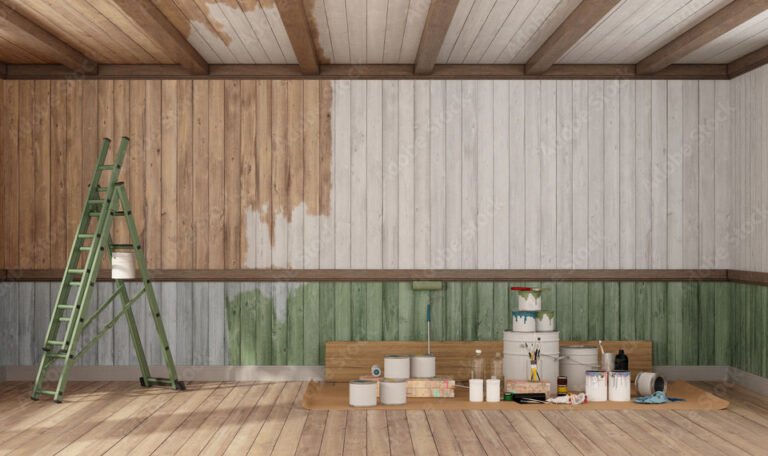Where to Place Air Purifier in Bedroom | Best Spots for Clean Air
Poor bedroom air quality affects millions of people every night, yet most people don’t realize their sleep struggles might stem from something as simple as air purifier placement. Whether you’re battling allergies, pet dander, or just want cleaner air while you rest, knowing exactly where to position your air purifier can dramatically improve its effectiveness.
Research shows that proper air purifier placement can increase cleaning efficiency by up to 2.5 times. This means the difference between waking up refreshed or spending another night tossing and turning due to airborne irritants.
Your bedroom is where you spend roughly eight hours each day breathing the same air. Getting this right isn’t just about comfort—it’s about your health and sleep quality. Let’s explore the science-backed strategies that will help you maximize your air purifier’s performance and create the cleanest possible sleeping environment.
Why Air Purifier Placement Matters in Bedrooms
Your air purifier works by drawing in contaminated air, filtering out pollutants, and releasing clean air back into your room. However, this process only works effectively when the device can properly circulate air throughout your space.
Bedrooms present unique challenges for air purification. Unlike living areas where you move around frequently, bedrooms require sustained clean air delivery to a specific zone—your sleeping area. Poor placement can create dead zones where polluted air lingers or cause the purifier to recirculate already-clean air instead of tackling contaminated areas.
Common bedroom pollutants include dust mites from bedding, pet dander, pollen tracked in on clothing, and volatile organic compounds (VOCs) from furniture and carpets. These contaminants can trigger allergies, disrupt sleep patterns, and impact your overall health. Strategic placement ensures your air purifier captures these pollutants before they reach your breathing zone.
The Optimal Distance: 6-10 Feet from Your Bed
The sweet spot for bedroom air purifier placement is 6-10 feet from the head of your bed. This distance strikes the perfect balance between effectiveness and practicality.
Placing your air purifier too close to your bed (within 3 feet) can create noise disruptions that interfere with sleep. Most air purifiers produce some level of sound, even on quiet settings. While some people find the white noise soothing, others may find it disruptive to deep sleep phases.
Positioning the unit too far away (beyond 15 feet) reduces its ability to clean the air in your immediate sleeping area effectively. Remember, you want the purifier to create a clean air “bubble” around your bed where you’ll spend the most time.
This 6-10 foot range also allows the purifier to draw in air from various parts of your room while ensuring the clean output reaches your breathing zone. The air circulation patterns at this distance help distribute purified air more evenly throughout your bedroom.
Elevation Strategies: Getting Your Purifier Off the Ground
Raising your air purifier 2-3 feet off the ground can significantly improve its performance. This elevation aligns the unit closer to your breathing level when you’re lying in bed and helps it capture air that moves both horizontally and vertically due to natural room air currents.
A nightstand, dresser, or small table makes an ideal platform for your air purifier. These surfaces put the unit at the perfect height while keeping it accessible for maintenance and filter changes. Just ensure the furniture can support the weight and won’t vibrate from the purifier’s fan operation.
Avoid placing large air purifiers on elevated surfaces if they’re too heavy or unstable. Floor-standing units are designed to work effectively from ground level, especially larger models that already position their air intake and output at optimal heights.
For smaller, portable air purifiers, elevation becomes more critical. These units often have their air intake near the bottom, so lifting them off the floor prevents them from pulling in dust and debris that settles at floor level.
Creating Proper Airflow: The 3-Foot Rule
Maintain at least 3 feet of clear space around your air purifier on all sides. This clearance ensures unobstructed air intake and allows clean air to circulate freely throughout your room.
Avoid tucking your air purifier into corners, behind furniture, or against walls. These locations restrict airflow and force the unit to work harder while delivering less effective results. Corner placement is particularly problematic because it limits the purifier’s ability to access air from different areas of your room.
Keep your air purifier away from curtains, bedding, and clothing that might block air vents. Fabric can obstruct both air intake and output, reducing efficiency and potentially creating safety hazards if materials get pulled into the unit.
Consider your room’s natural airflow patterns when positioning your purifier. Place it where air naturally circulates—typically in open areas rather than behind large furniture pieces or in alcoves where air tends to stagnate.
Strategic Positioning Near Pollution Sources
Position your air purifier between you and the primary sources of bedroom pollutants. Common pollution sources in bedrooms include:
Pet sleeping areas: If your dog or cat sleeps in your bedroom, place the air purifier near their bed or favorite resting spot to capture pet dander before it spreads throughout the room.
Windows: During high pollen seasons or in areas with poor outdoor air quality, positioning your purifier near windows can intercept incoming pollutants. However, keep windows closed while running the purifier for maximum effectiveness.
Closets and storage areas: These spaces often harbor dust and may release particles when disturbed. A purifier positioned to capture air flow from these areas can prevent pollutants from reaching your bed.
HVAC vents: If your bedroom has heating or cooling vents, consider their location. While you don’t want to block these vents, positioning your purifier to work in conjunction with your HVAC system can improve overall air circulation.
Room-Specific Considerations for Bedrooms
Bedroom size significantly impacts air purifier placement. In smaller bedrooms (under 200 square feet), a single well-positioned unit can effectively clean the entire space. Larger master bedrooms may require multiple units or a more powerful single unit positioned centrally.
Consider your bedroom layout when choosing placement. L-shaped or irregularly shaped bedrooms may have areas where air doesn’t circulate well. Position your purifier to address these problem zones while still serving your sleeping area.
Account for furniture arrangement. Tall dressers, armoires, and room dividers can create air circulation barriers. Your purifier should have a clear path to circulate air around these obstacles.
Think about daily routines. Place your purifier where it won’t interfere with activities like getting dressed, opening closet doors, or moving around the room. The unit should enhance your bedroom environment without becoming an obstacle.
Noise Considerations for Better Sleep
Air purifier noise levels become critical in bedrooms where quiet operation is essential for quality sleep. Most modern air purifiers offer multiple fan speeds, with lower settings producing less noise but also providing less air circulation.
Test different placement locations and fan speeds to find the right balance between air cleaning effectiveness and noise levels that work for your sleep preferences. Some people find the consistent white noise of an air purifier actually helps them sleep better by masking intermittent sounds from outside or other parts of the house.
If noise is a concern, look for air purifiers specifically designed for bedroom use. These units typically feature quieter operation and may include sleep modes that reduce fan speed and noise levels during nighttime hours.
Consider the acoustics of your room when positioning your purifier. Hard surfaces like walls and floors can amplify sound, while soft furnishings like carpets, curtains, and bedding help absorb noise. Positioning your purifier near soft surfaces can help minimize noise disruption.
Common Placement Mistakes to Avoid
Don’t place your air purifier directly on carpeted floors, especially thick or shag carpets. Carpet can block air intake vents and reduce the unit’s efficiency. If floor placement is your only option, use a hard surface like a wooden board or tile underneath the unit.
Avoid positioning your purifier too close to walls or in corners where air circulation is limited. While these locations might seem convenient for keeping the unit out of the way, they significantly reduce effectiveness.
Never place your air purifier behind curtains, under beds, or in closets where airflow is completely blocked. These locations render the unit nearly useless and may create safety hazards.
Don’t position your purifier directly next to heating vents, radiators, or air conditioning units. The forced air from these systems can interfere with your purifier’s air intake and distribution patterns.
Maximizing Your Air Purifier’s Impact
Run your air purifier continuously for best results. Modern units are designed for 24/7 operation and use minimal energy. Consistent operation maintains steady air quality rather than allowing pollutants to build up between uses.
Keep bedroom doors closed while your air purifier operates. This creates a contained environment where the unit can more effectively cycle and clean the air without interference from other areas of your home.
Regular maintenance enhances placement effectiveness. Clean or replace filters according to manufacturer recommendations, and keep the unit’s exterior clean to ensure optimal airflow. Even perfect placement can’t overcome a clogged filter or blocked vents.
Monitor your air quality and adjust placement if needed. Some areas of your bedroom may require more attention than others, and you might need to experiment with different positions to find what works best for your specific space and needs.
Final Thoughts
Strategic air purifier placement transforms your bedroom from a potential source of nighttime allergies and poor sleep into a clean-air sanctuary. The 6-10 foot distance from your bed, proper elevation, adequate clearance, and thoughtful positioning near pollution sources work together to create optimal air quality where you need it most.
Remember that every bedroom is unique. Start with these evidence-based guidelines, then fine-tune the placement based on your room’s layout, your sleep preferences, and your specific air quality concerns. Small adjustments in position can yield significant improvements in both air quality and sleep quality.
Your bedroom should be a place of rest and recovery. With proper air purifier placement, you’re investing in better sleep, improved health, and more energetic mornings. Take a few minutes tonight to evaluate your current setup and make any necessary adjustments—your lungs and your sleep will thank you.


